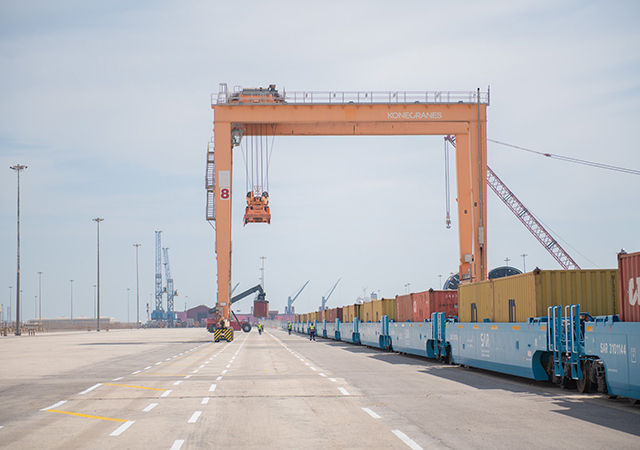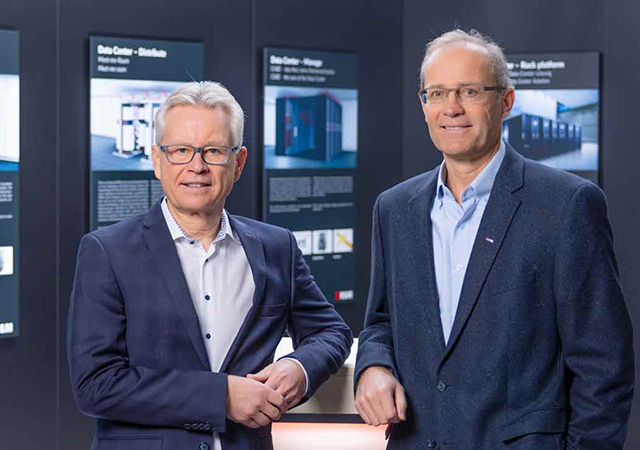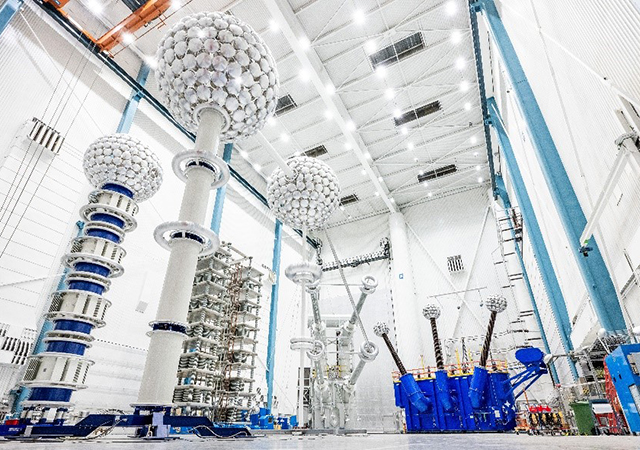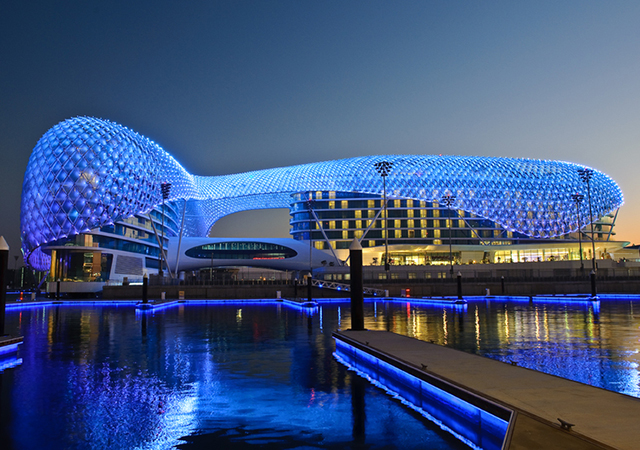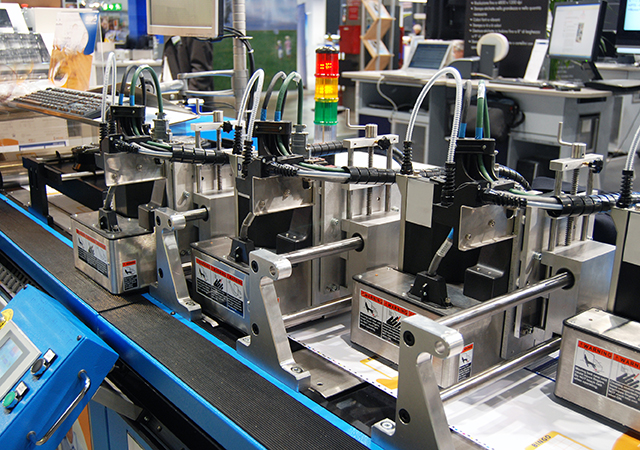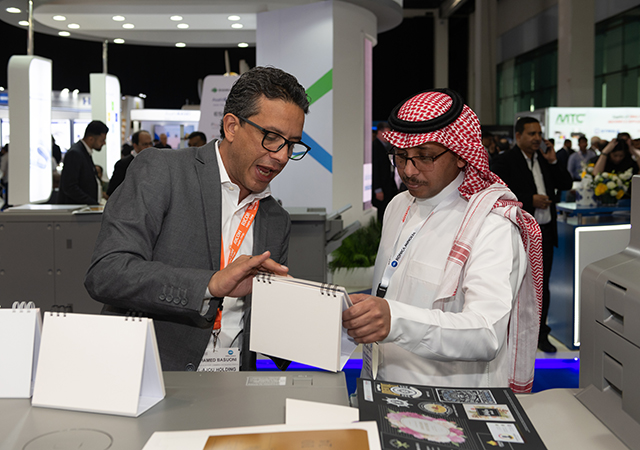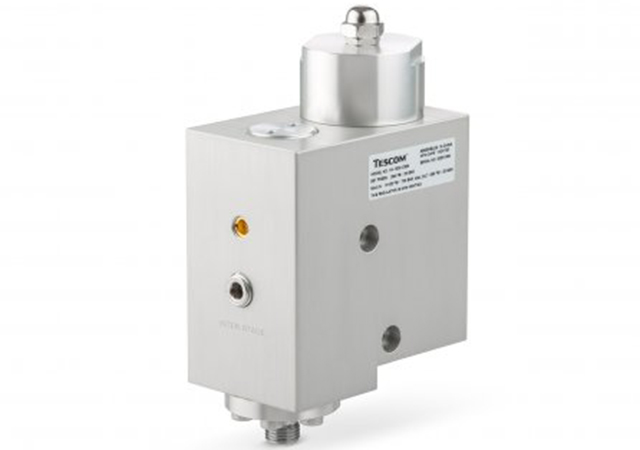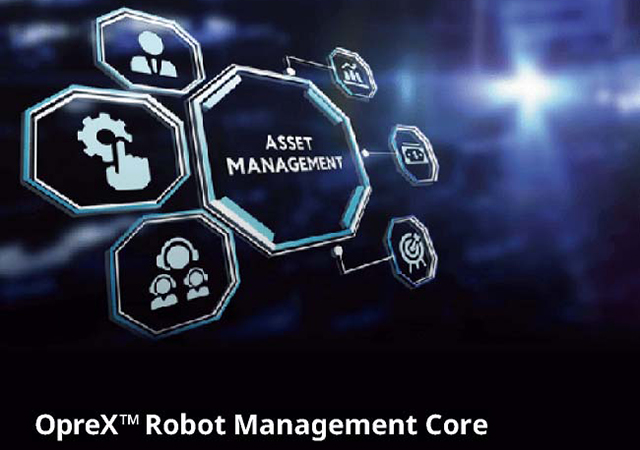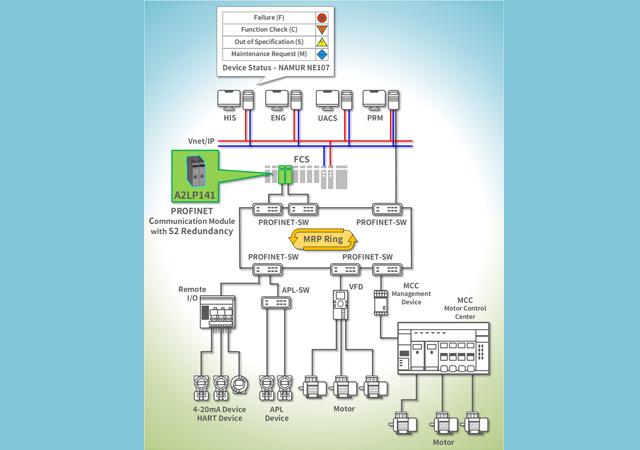
 McCloskey
McCloskey
Gamification – the use of game mechanics, strategies and visual elements in a non-gaming context – has been around in some form for many years. It was in the 2010s, however, that it really started to be embraced by industry, and analysts now forecast the global market to value $37 billion by 2027, up from $6.33 billion in 2019.
In the industrial sector, use of gamification is currently being driven by an ageing workforce and the need to pass expertise and knowhow onto a new generation of workers that are digital natives.
Industrial uses
Many of the problems faced in an industrial setting are similar to those players must tackle in a game, and so the pleasure we get from playing a game can be harnessed in sectors as varied as nuclear and automotive to great effect.
Scientists have shown that the chemical reaction gaming provides can improve motivation, promote cooperation and enhance learning, and so tools have been developed to take advantage of this.
One study found that 85 per cent of employees are willing to spend more time on training programmes with gamified dynamics, and that gamification doesn’t just appeal to younger workers – 97 per cent of employees over 45-years-old said they believe it would help improve their work.
Tools can make use of a wide variety of gameplay elements from points and leaderboards through to teammates, missions and time limits to achieve its goals. These can go beyond just training staff, also enabling the simplification of complex tasks or improving on-site productivity through the use tablets that offer augmented reality views of machines.
Augmented, extended and virtual reality (AR, XR and VR) tools have been used for many years in industrial settings, with operator training simulators (OTS) creating a realistic virtual copy of a control room where trainees can safely learn how to use equipment. But just as, mobile phones have evolved into compact touchscreen computers, simulators have become high fidelity systems that combine dynamic process simulations, virtual control systems and replicated interfaces to match the look, feel and behaviour of an actual plant. Even before a plant is built.
From training to learning
This is thanks to the use of artificial intelligence (AI), which takes gamification to the next level. When AI is combined with these gamified processes, organizations can leverage the principles of gamification in real time, moving from training, to learning by doing.
Known as immersive training, AI connects the simulator with a virtual copy of the work environment called a digital twin, enabling trainees to learn how to use the plants systems virtually before moving into the real-world environment.
Immersive training systems (ITS) are already being used by many organizations, including the Kuwait Oil Company (KOC), which is training its field and control room operators through a high fidelity process simulation, coupled with a virtual walkthrough plant environment.
“It’s very important that we prepare our professionals before they go into the real-world working environment,” said Manna’a Ali Al-Farhoud, TL. Operations Technical Personal Development Support Services Group (S&EK) at KOC. “This ensures operational safety as we make sure they’re efficient and safe operators before they’re permitted to work in the plant.”
Furthermore, with an ITS, any action within a virtual environment can be set to trigger the thermodynamically correct reaction at the plant in real-time.
The all-encompassing solution links together teams across the value chain – from control room operators and field workers through to maintenance crew and other critical members of staff – teams can collaborate remotely across geographies and time zones to surface new solutions at unprecedented speed. Put another way, there’s no time lag or pausing industrial processes while waiting for an email response – each person can consult a range of AI-generated scenarios presented in a simplified, interactive format on their own device and act accordingly.
Benefits
In industrial settings, AI-powered immersive training systems (ITS) have been proven to improve cost efficiencies and optimise return on investment. They offer the opportunity to cut costs by 30 to 40 per cent, trim maintenance budgets by 1 to 3 per cent, reduce the impact of human error by 20 to 40 per cent and shutdown recovery times by 15 to 20 per cent.
When paired with a learning management system there are further benefits, as employees’ development can be managed and tracked. This enables the development of personalised learning paths, something Shell is currently exploring.
The use of gamification continues to evolve as we uncover new and engaging ways to improve the quality of training and in turn provide tangible benefits to business. Yet there’s still so much more potential to tap.
As we move towards a future where humans and machines work closely together, it will be exciting to see what new use cases appear, and watch gamification fast become the norm in industrial settings.



